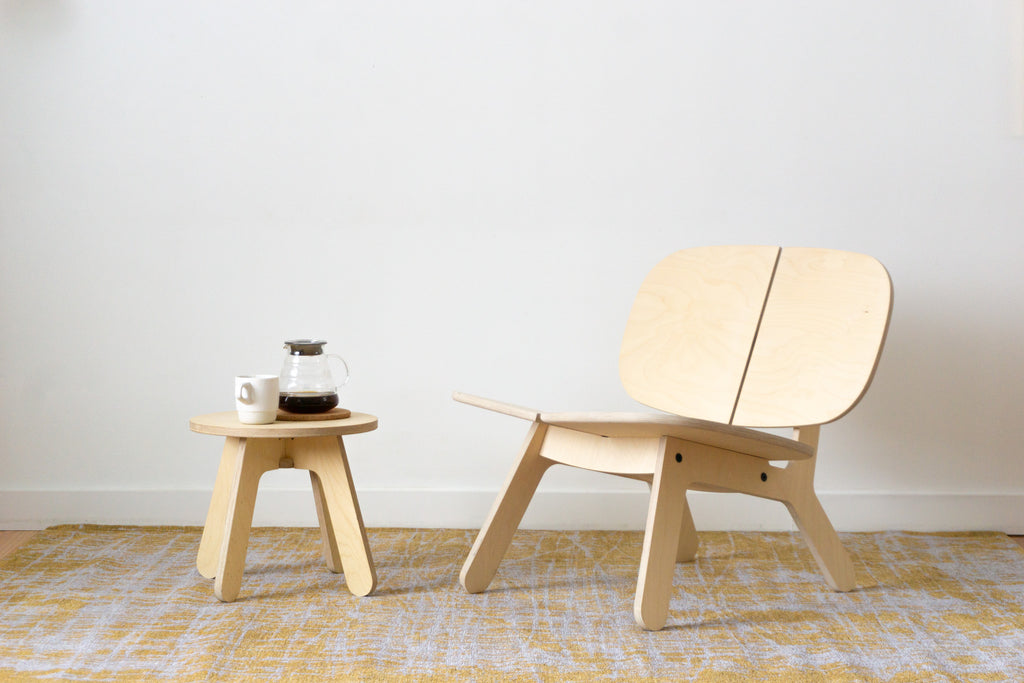Why Do We Love Minimalist Interiors So Much?
What comes to mind when you think of minimalism? The likely answer is clean lines, white or light colours, simplicity and an overall “less is more” aesthetic.

Minimalist design has been around since the 20th century, and is considered more of a “principle” than a strict style. Look around and you’ll notice how intertwined it is with daily life, from fashion, art, music and of course, home decor and interiors.
So why do we love it so much? Let’s explore the history of this timeless design principle and what makes it so beloved.

The Cambridge Dictionary defines minimalism as “a style in art, design, and theatre that uses the smallest range of materials and colours possible, and only very simple shapes and forms”.
As a concept, it originated in post-war 20th century, with its roots being traced back primarily to three things: The De Stijl art movement, Ludwig Mies van der Rohe (the legendary architect who coined the phrase, “less is more”), and traditional Japanese design.
De Stijl—Dutch for “The Style”—is one of the clearest precursors to what minimalism looks like today. It was an artistic movement in the Netherlands that started in 1917 and lasted till about the early 1930s.
It pushed for simplicity and reduced designs only to their ‘essential form and color’, focusing on horizontal and vertical lines, rectangular forms, and colours like white, black, grey, red and blue.
Minimalism later rose to popularity in the late 1980s in London and New York, where architects and fashion designers utilized white elements, cold lighting, and large spaces featuring minimum furniture and objects.
With this fascinating history in mind, what is it about minimalist design that we love so much? What are the core principles that exemplify this style? Here are a few to keep in mind:
Only The Essentials
Minimalism favours using just the essentials, creating a space where the quality of every element matters more than quantity. That doesn’t mean a space needs to be dull and empty, however! What we love about minimalism is that everything feels right at home, from the simplest piece of furniture to a few cozy accent pieces.
Hang your favourite painting, photo or artwork framed with a solid color on a few walls, and leave a some walls bare. For accessories, think of them like accents that tie a space together, like a vase of flowers or a stylish ceramic table top piece.
Here’s where you can use your creativity; If the rest of your room has muted colors, add brightly-coloured accessories in red, or yellow to entice the eye and give the room a splash of colour.
Functionality
What we love about minimalism is how it’s both stylish and functional. In keeping with the “less is more” ideology, even the maximalists can leverage the benefits of this trend by investing in chic storage. Trendy cabinets and cupboards neatly tuck away your daily clutter and collectables while still giving your space a magazine-worthy feel.
Minimalism also includes a bit of texture, too. Opt for patterned cabinets for extra character, like herringbone or rattan.
Clean Lines
Last but certainly not least, one of the keys to minimalism is clean, well-defined lines and curves that soothe the eye and create a calming space. Furniture offers the greatest opportunity for implementing this style. In fact, it’s one of our favourites because there’s so much you can do!
Furniture lets you check off multiple minimalist “criteria” at once, from subdued colours, texture, essential function and of course, clean lines. It’s this versatility that partly inspired the design of our own pieces here at TOK TOK, from our Sibley Lounge Chair to our truly minimalist MUO Stool (short for Multi-Use Object).
We designed our pieces to help create an unobtrusive and harmonious space, using natural plywood, organic lines and ergonomic function that you can mix and match while retaining a truly minimalist aesthetic.



